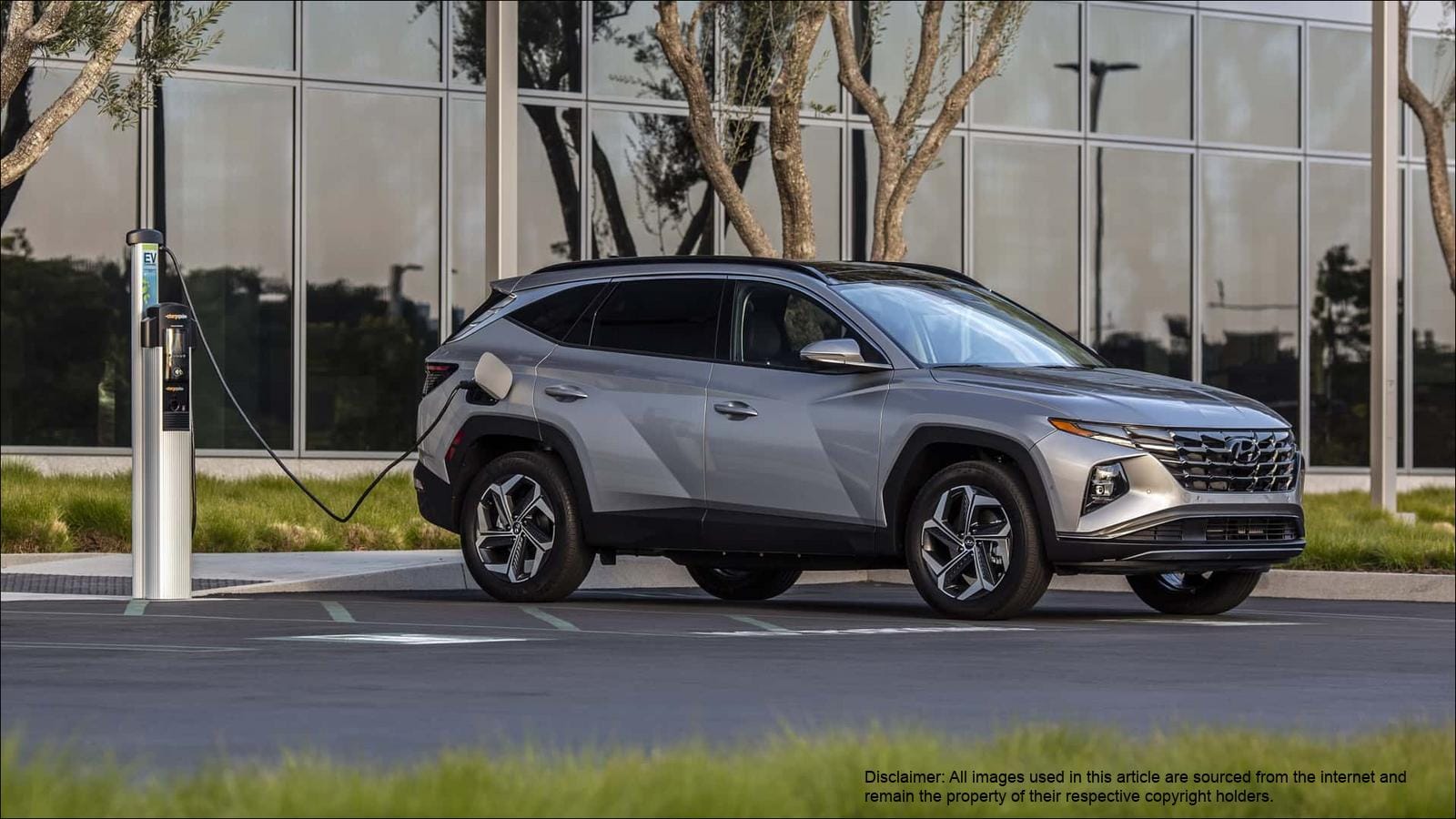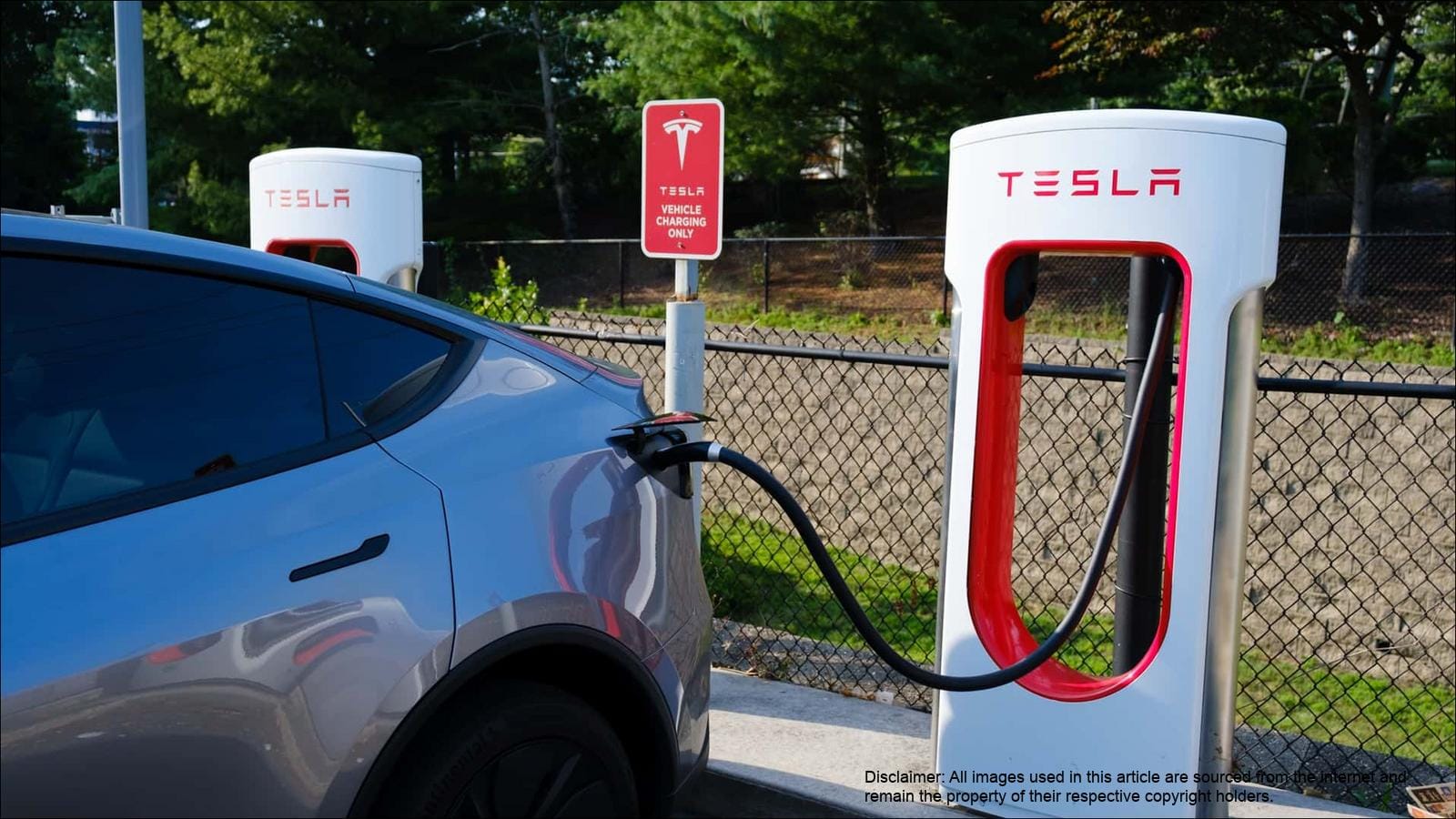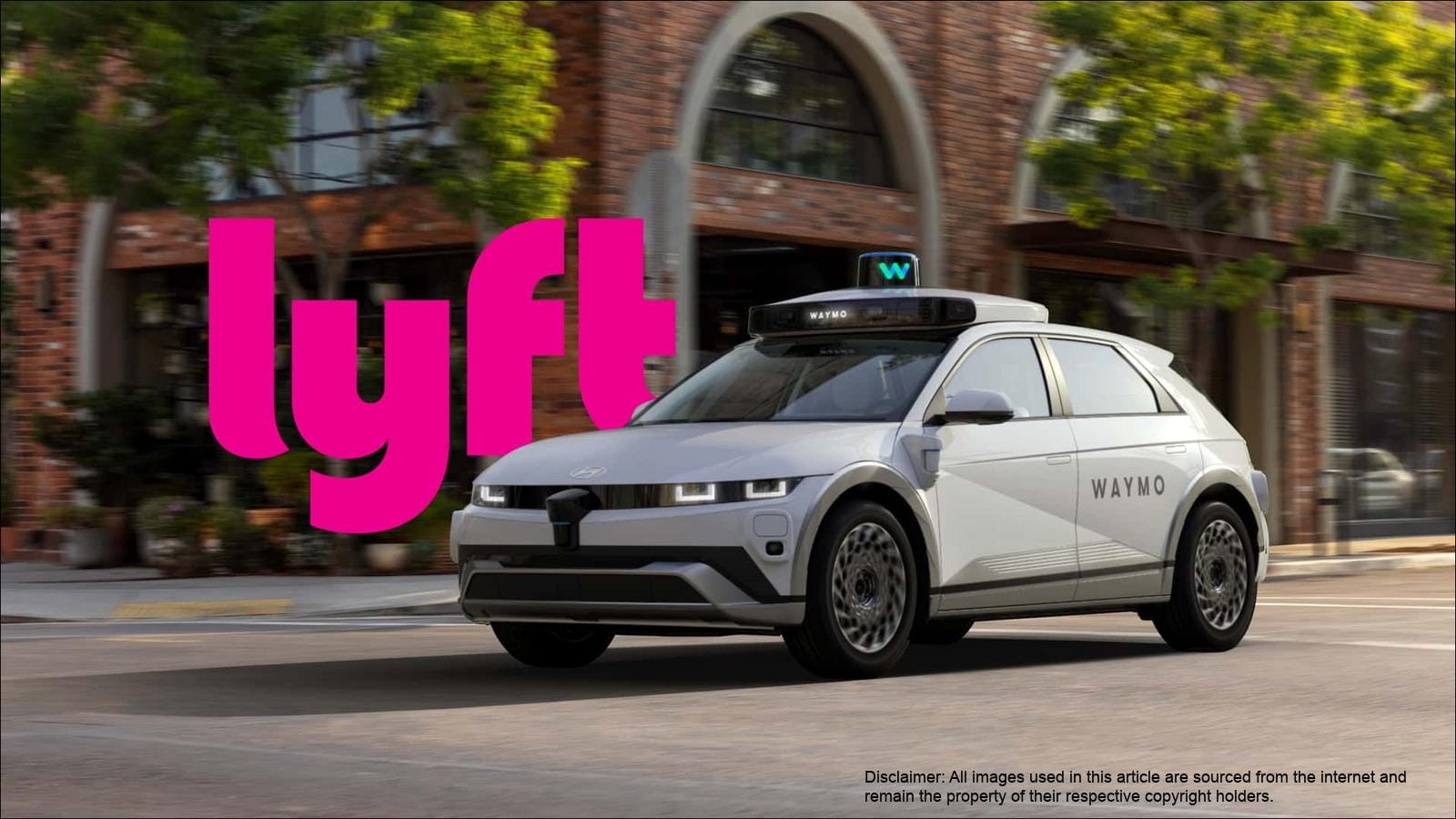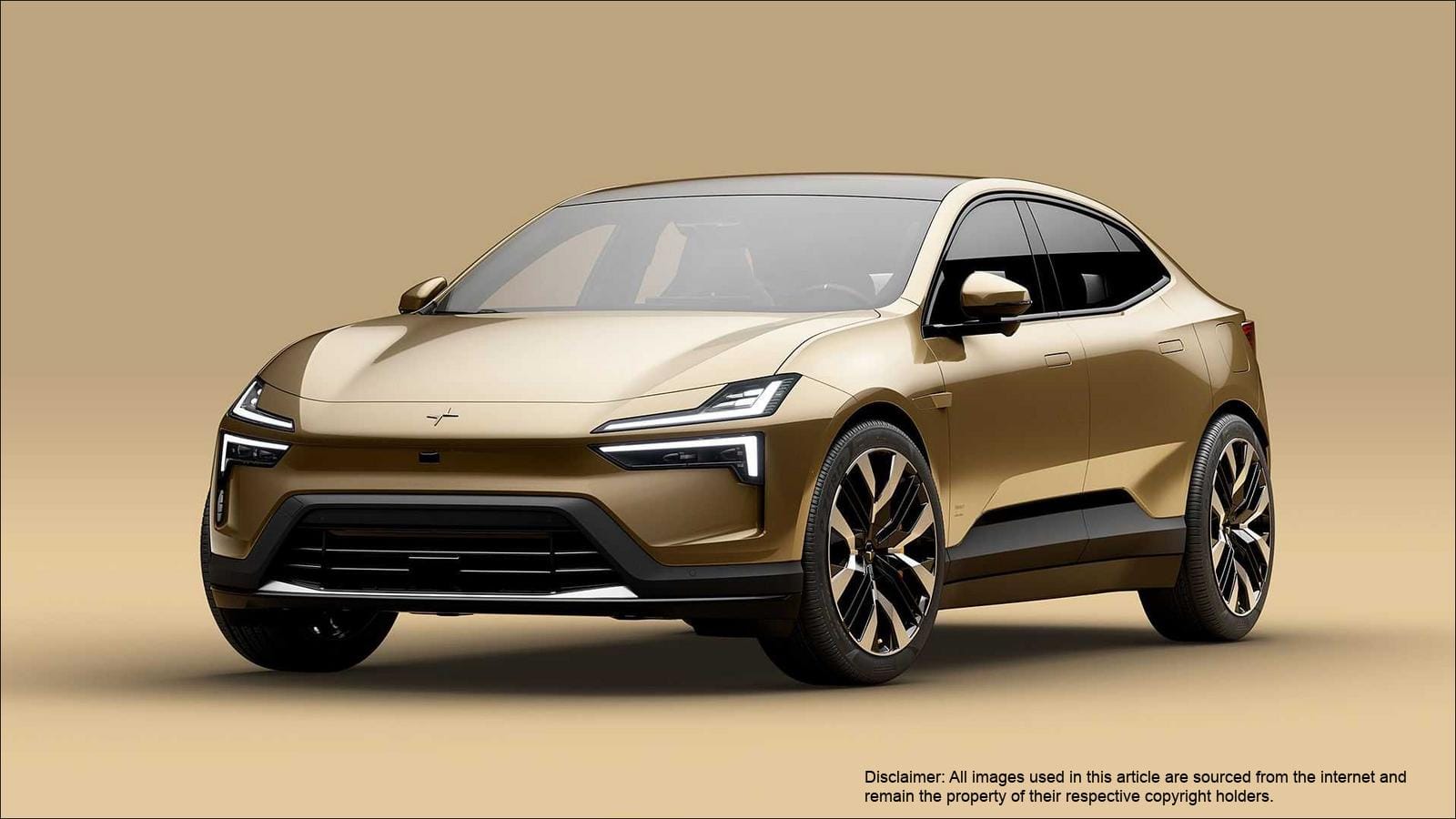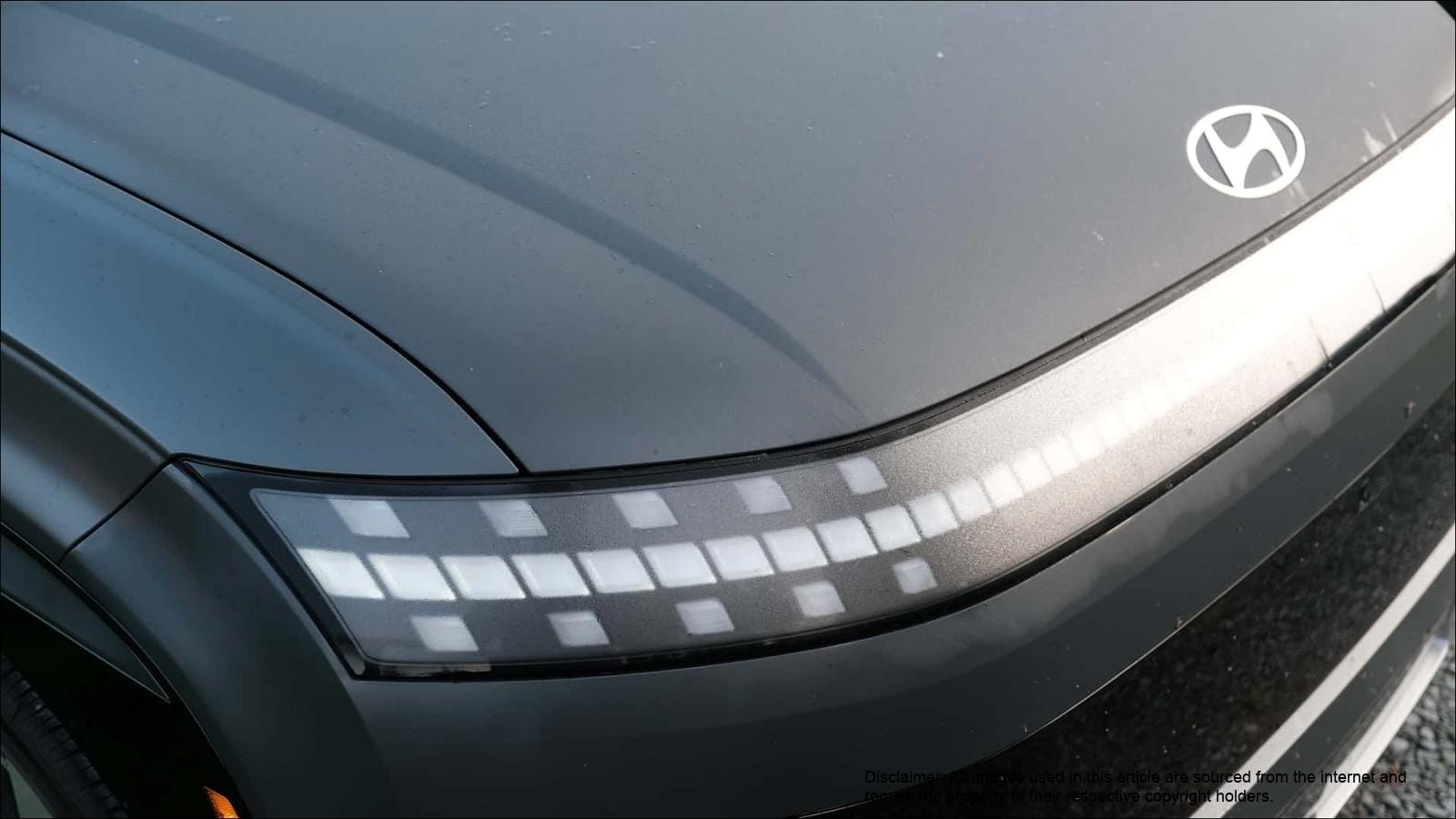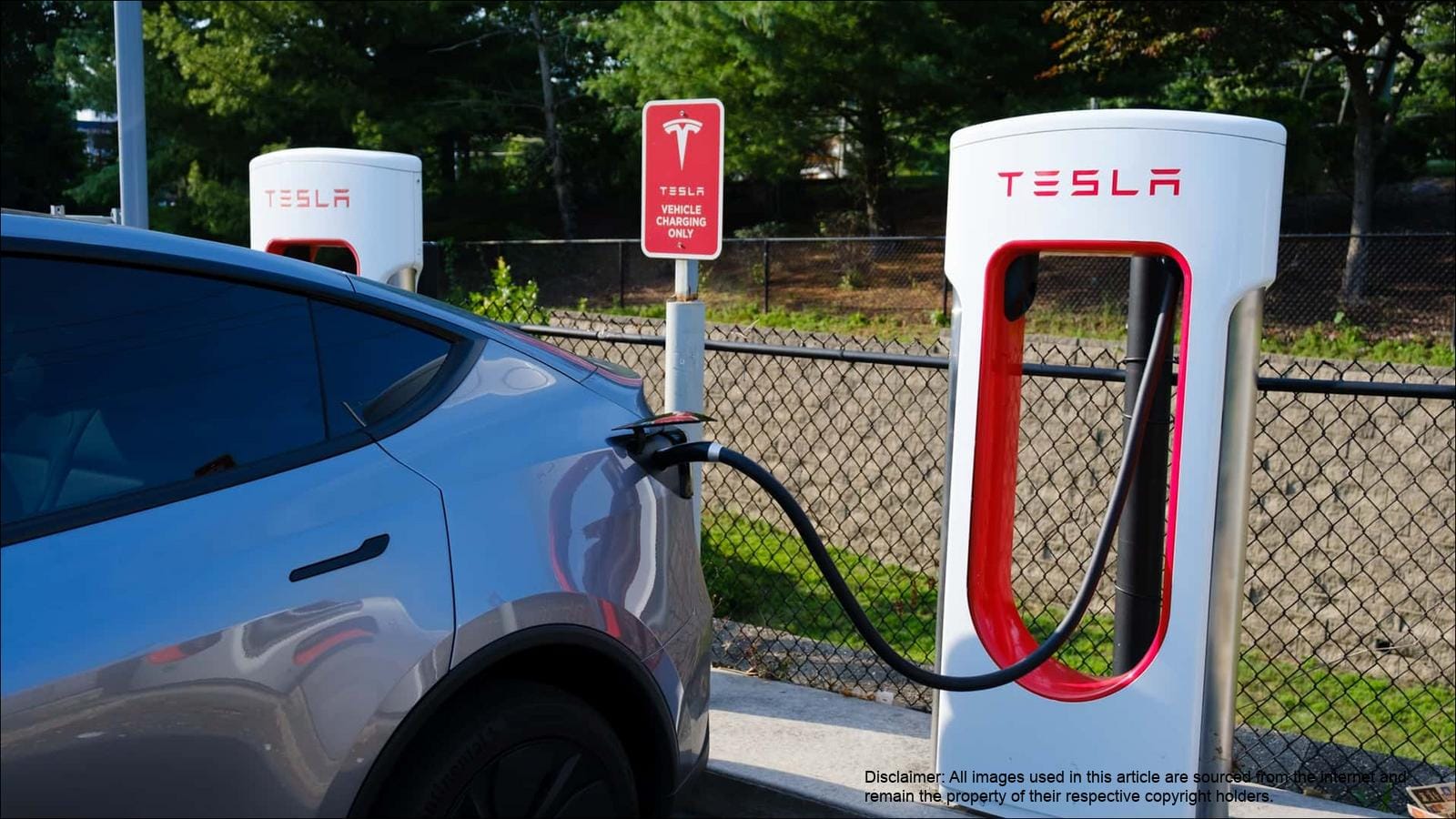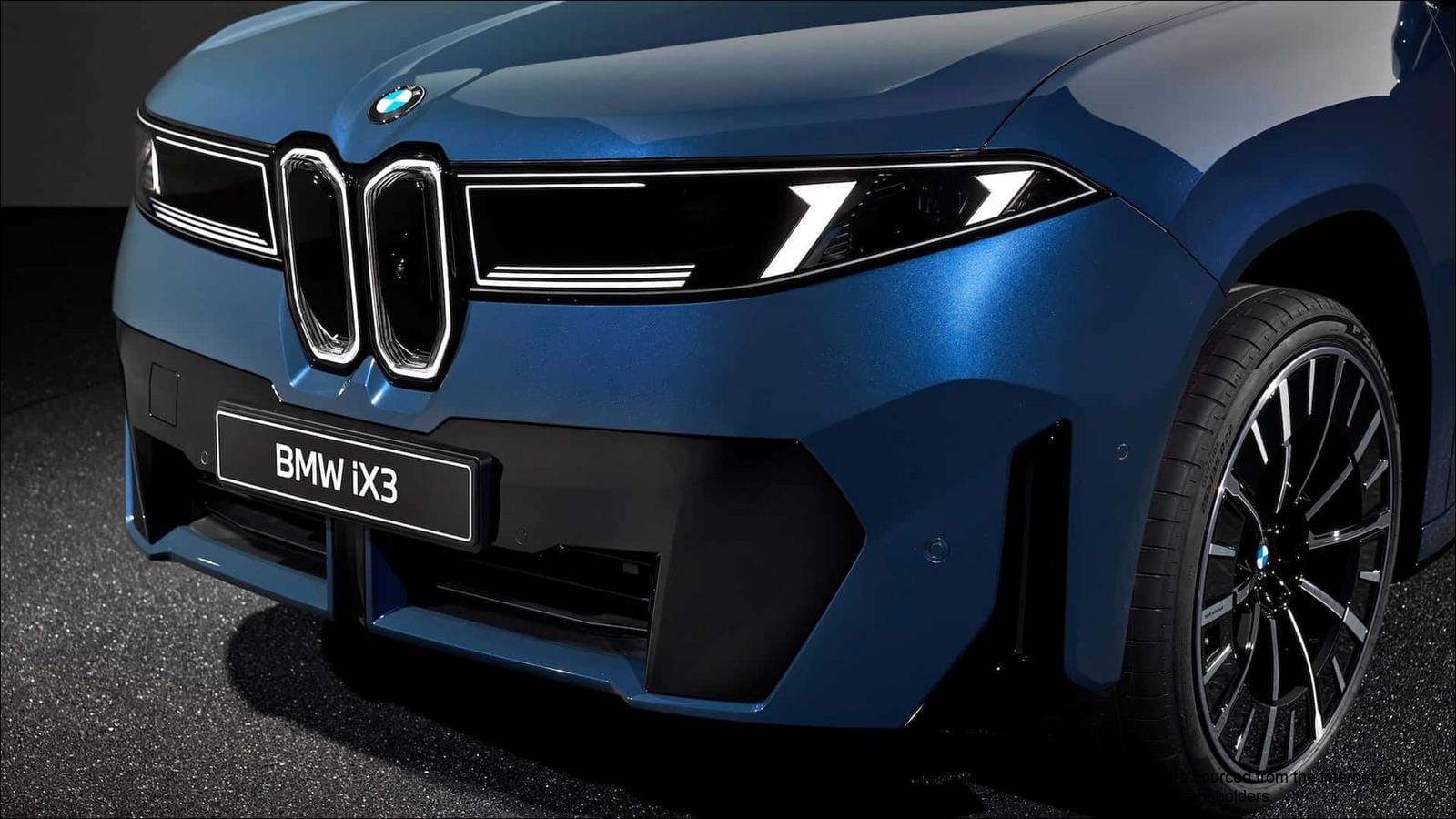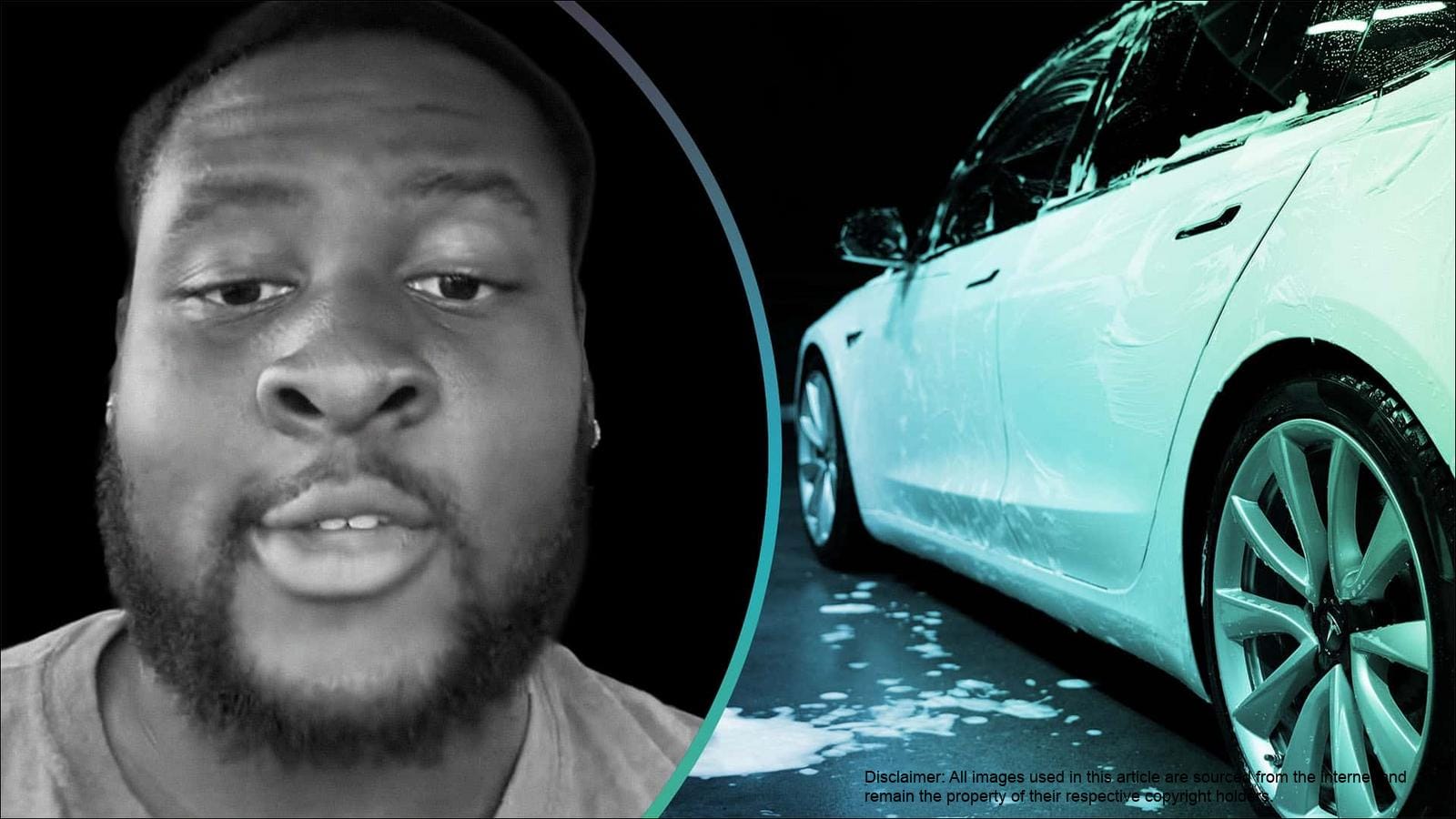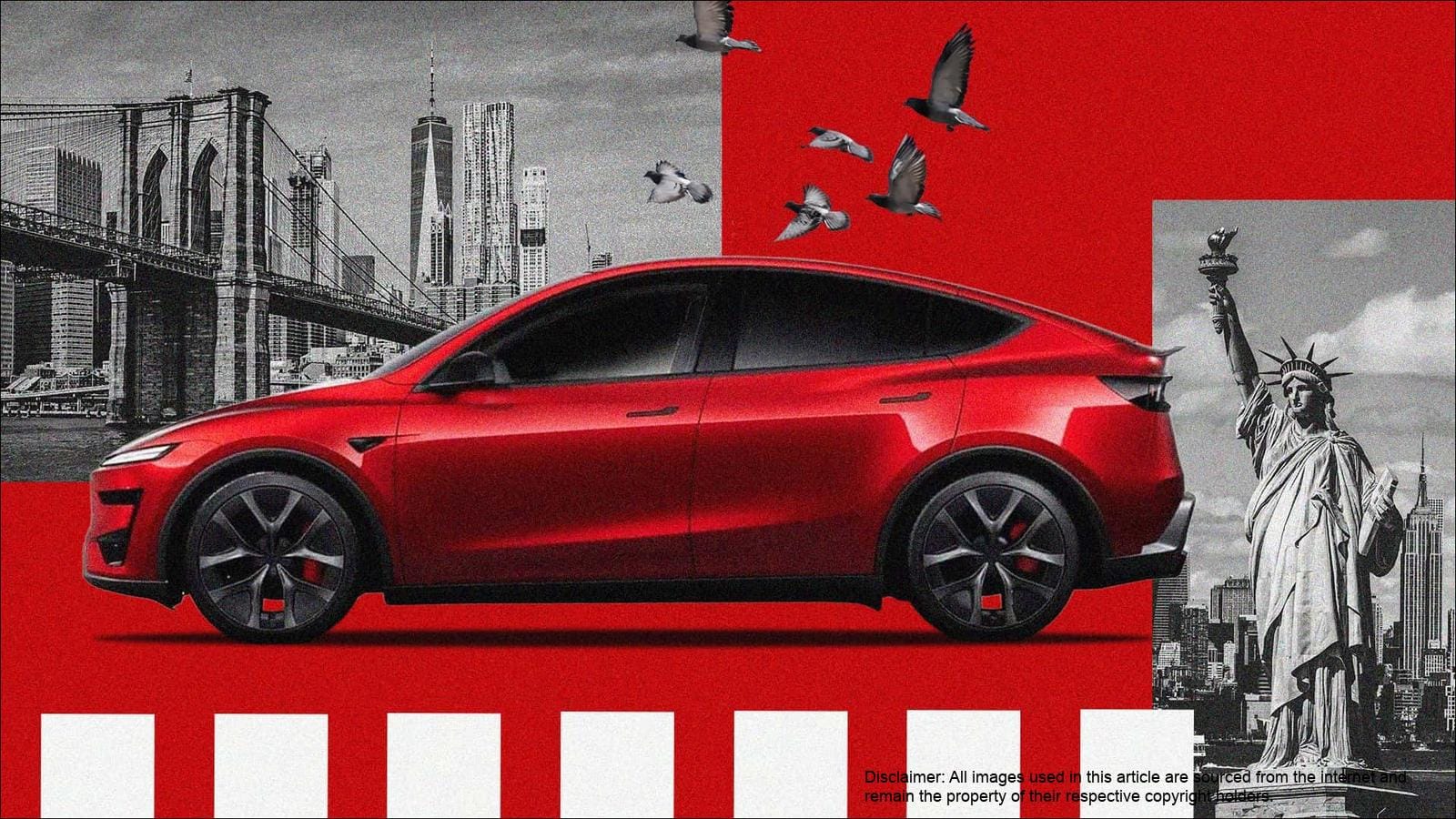EV Sales Dip Amidst Model Year Transitions
While Hyundai and Kia celebrated overall sales growth, their electric vehicle sales experienced a slight decline in the first half of the year. Hyundai sold 19,092 units of the Ioniq 5, a decrease of approximately 2% compared to the previous year. The Ioniq 6 saw a more significant drop of 9%, with sales falling from 6,912 units to 6,322 units. In the second quarter alone, Ioniq 5 and Ioniq 6 sales were down by 12% and 8%, respectively. However, the Ioniq 9, a new three-row electric SUV, recorded 1,013 deliveries, indicating potential for future growth in the EV segment.
Kia’s EV models also faced sales challenges. The EV6 experienced a substantial decline of around 46%, dropping from 10,941 units to 5,875 units. Similarly, the EV9 saw a decrease of approximately 49%, with sales falling from 9,671 units to 4,938 units. These declines have been attributed to model year changes and the transition to the North American Charging Standard (NACS).


